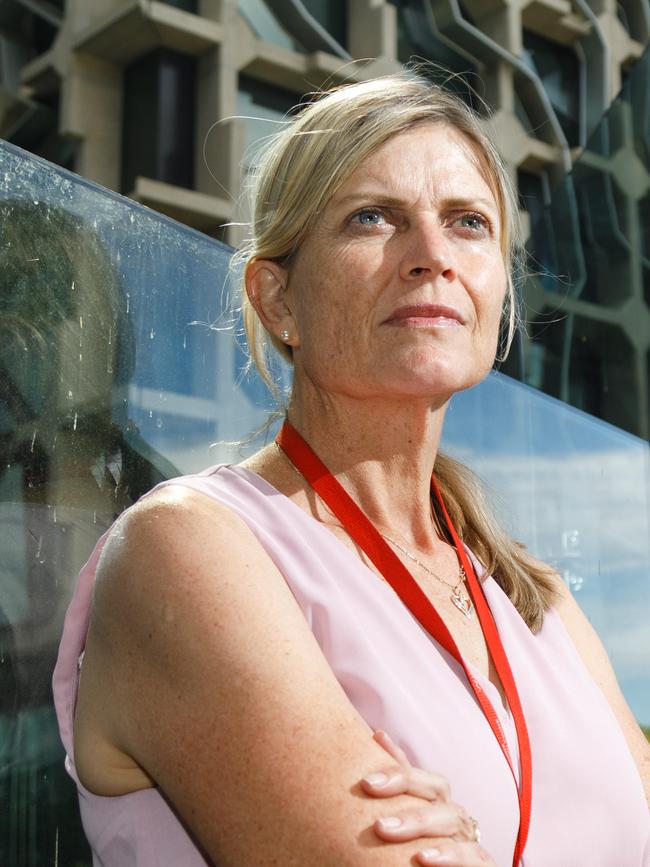Australian & New Zealand Journal of Psychiatry study finds SA aged care homes use most sedatives
Dangerous sedatives are being used in South Australian aged care facilities more than anywhere in the nation, a new study reveals.
SA News
Don't miss out on the headlines from SA News. Followed categories will be added to My News.
- Aged Care Royal Commission to be based in Adelaide
- Inquiry: Nursing homes should have nurses on duty 24 hours a day
- Senate inquiry: Underqualified care staff can give wrong medications
Dangerous sedatives are being used in South Australian aged care facilities more than anywhere in the nation, a new study reveals.
The findings have prompted calls for a reduction in the use of doping drugs, including benzodiazepines, in aged care facilities.
It comes on the eve of the first Royal Commission into Aged Care Quality and Safety hearing on Friday in Adelaide, which has been dubbed “ground zero” for the inquiry after the Oakden scandal.
Benzodiazepines, which have a tranquillising effect, are prescribed by doctors to help people with anxiety or insomnia.

Dr Juanita Westbury, from the University of Tasmania, said their use in SA registered aged care facilities was found to be “significantly higher” than in all other states.
“The finding that over half of all residents were prescribed antipsychotics and/or benzodiazepines either on a regular or (as required) basis, often concurrently, is concerning and demonstrates a continued reliance on pharmacological treatment to manage common behavioural and psychological symptoms,” the paper states.
The study, to be published next month in the Australian & New Zealand Journal of Psychiatry, used data from more than 11,000 residents across 150 aged care facilities nationally between 2014 and 2015.
SA had the lowest antipsychotic use of all the states.
Dr Westbury said that showed that benzodiazepines may have been used as a “safer” option, despite causing an increased risk of falls.
She and other professionals have raised concerns about the need for “tighter use” and administration of drugs.
She said state and aged care providers had varied regulations and a framework was needed to prevent cases of excessive dosing, which have been reported in the past few years, including at the shamed Oakden facility.

It puts the responsibility on untrained nursing staff, probably aged care staff, and that is a concern,” Dr Westbury said.
She said additional studies had also highlighted a high level of benzodiazepine use in SA, and that providers should be looking at other ways to tackle behavioural issues.
As part of her project, facilities nationally could also participate in an intervention program which was found to reduce prescription drug use.
“We're just hoping that the government looks at this solution in the royal commission and adopts some of our recommendations, which is continued training and continued delivery of a program that raises awareness and promotes review,” Dr Westbury said.
The Royal Commission into Aged Care Quality and Safety will hold a preliminary hearing in Adelaide on Friday to map out the inquiry framework.
Aged care advocate Stewart Johnston said Oakden was a prime example of drug misuse.
“They were more off their faces and had more health problems generated because of the incorrect prescribing and administering of benzos and everything else,” he said.
Drugging patients had “become normalised” practice and he hoped the royal commission brought accountability, realisation and acknowledgment of the mistreatment of elderly residents for decades.



